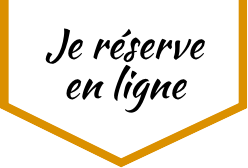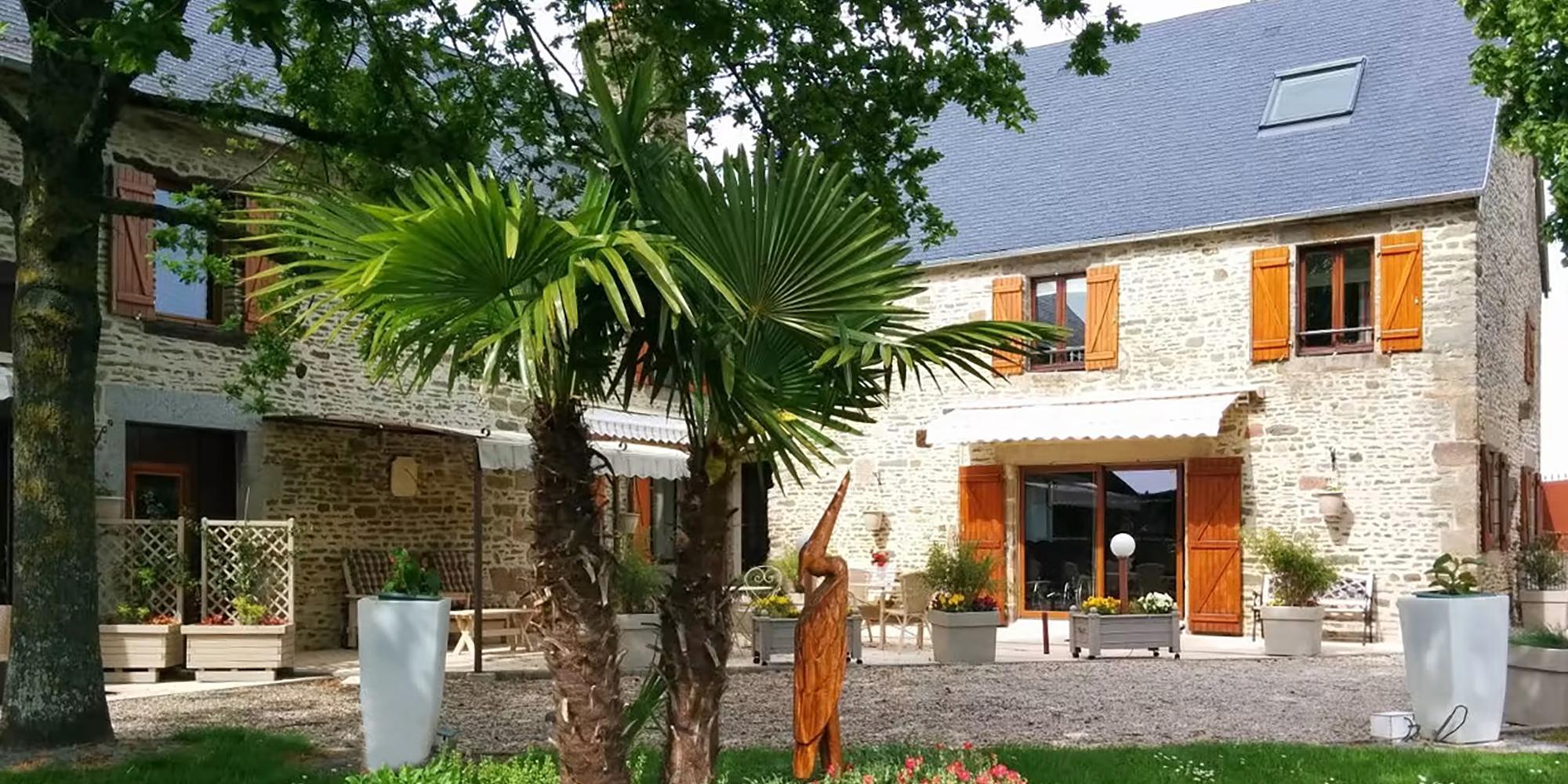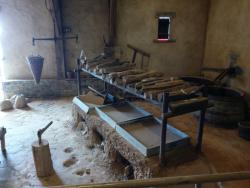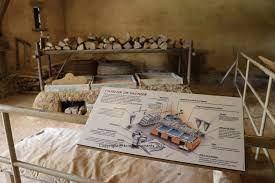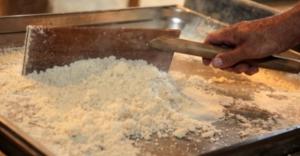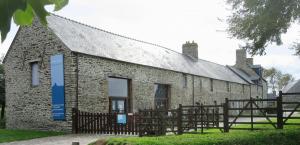Avranchin's salt in Mont Saint-Michel Bay
Salt was in the Middle Ages, an extremely important commodity as it allowed to preserve food. It's a
little part (unknown) of the history of the Bay of Mont Saint-Michel that you can discover through its sauneries.
Since the 8th century, Avranchin was a salt producer. The salt workers, washed and filtered the layer of salt collected on the Grèves in Mont Saint-Michel Bay (sandy). They then boiled the brine in lead pans for the salt to crystallize.
In 1639, the commune of St Léonard was at the origin of a vast popular revolt, the "revolt of the go-barefoot", which power of Louis XIII and Cardinal Richelieu a sharp increase in the tax on salt production (elsewhere called Gabelle). The Avranchin and Basse-Normandie was until then subject to the "bouillon quarter" which represented a quarter of the production. In seeking to impose the great gabelle, Richelieu unleashed a vast revolt and renounced it.
At the French Revolution, there were 225 salt mines exploited in the Bay of Mont Saint-Michel or about 3500 tons of salt produced each year.
The decline began paradoxically with the abolition of the various taxes according to the regions. The difficulty in producing the Avranchin salt is due in large measure to the difficulty of boiling the brine and the depletion of the forest ribs. It was necessary to fetch the wood farther and farther while the salt marshes were producing for much less.
Today, there are no more salt mongers in the Bay of Mont Saint-Michel but you can attend a real
demonstration of the manufacture of salt at the Eco museum of Vains.
To discover how the Avranchin salt was made, you can visit the Mont Saint-Maurice Eco museum.
Michel to Vains. By booking, you will be able to see how salt was collected and processed to understand everything. You will even leave with a bag of salt from the Avranchin.
Saunerie - Ecomusée of the Baie à Vains - Photo Frédéric Cauvet

